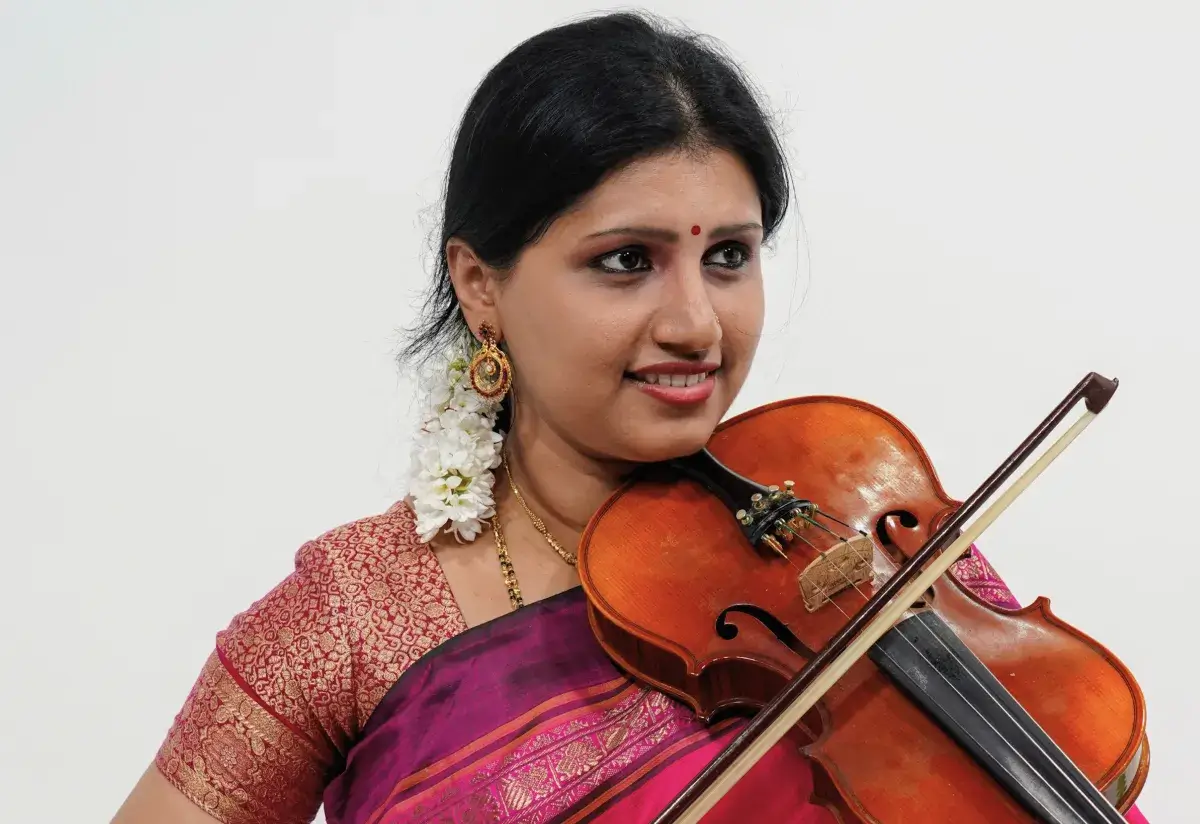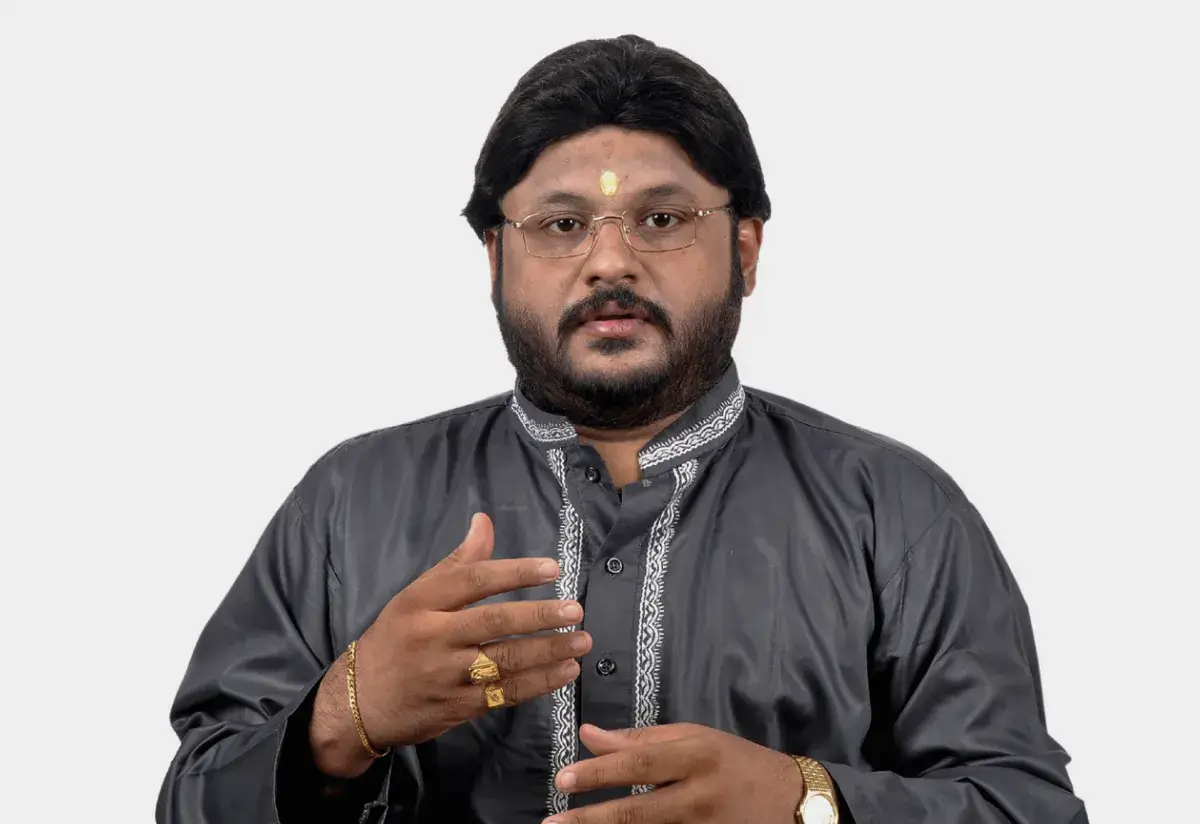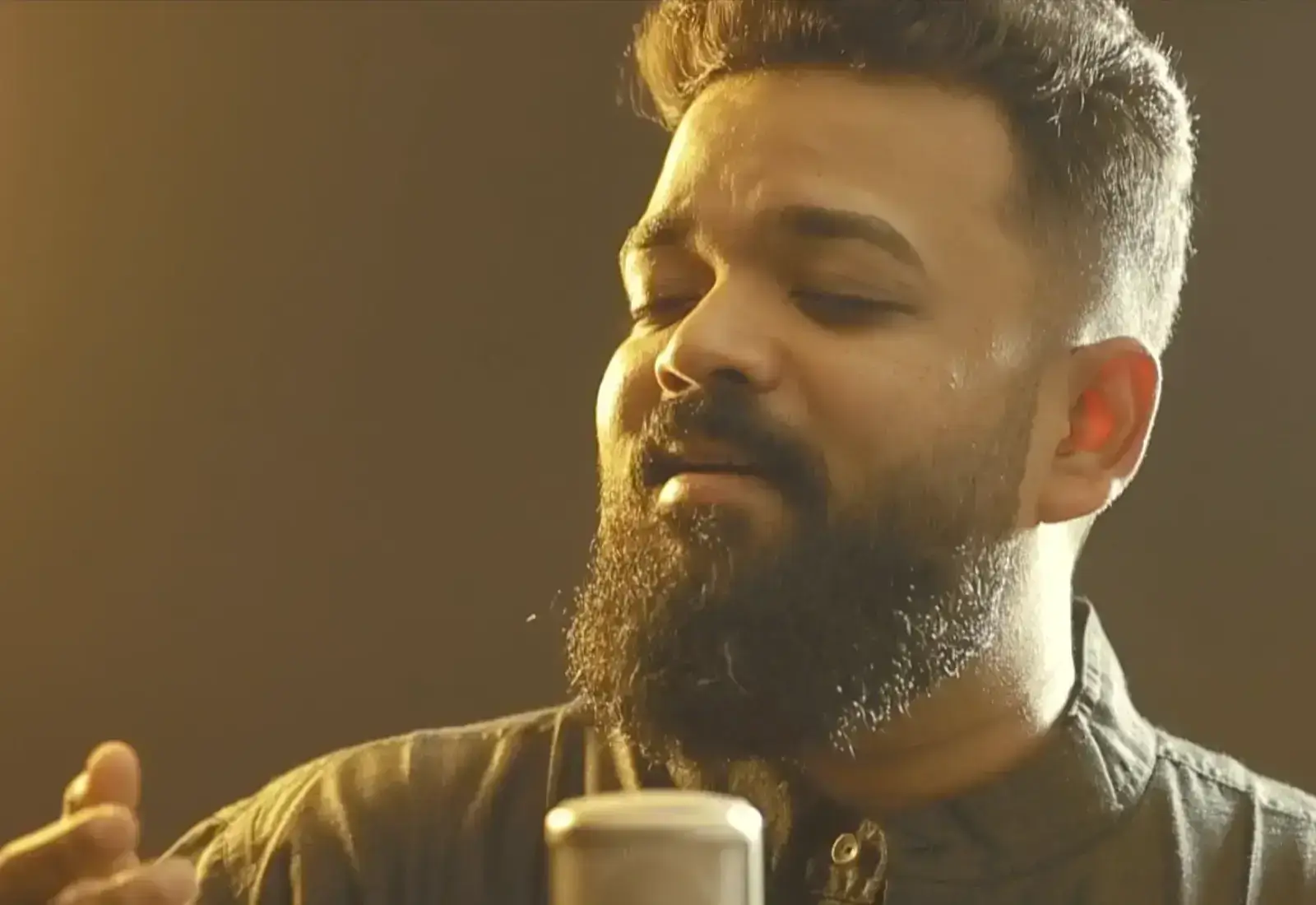8 Best Breathing Exercises for Singing
Do we sing with our voice or our breath? Well, as it turns out - our breath produces our voice. The air we breathe in makes the folds within the vocal cords vibrate to produce the sound. That is why training your breath is a crucial part of your voice training regime.
Breathing exercises enhance the lung capacity. It enables you to hold your breath for a long time and aids in effective voice projection.
When we try to sing notes in lower octaves, we sing from our stomach. While hitting the lower notes, we feel some kind of pull or vibration around our belly. Likewise, we use our head voice when we try to hit higher pitches. The vibration is felt at the apex of our head.
Why have they coined the terms head voice, chest voice, or stomach voice? Is there any vocal chord in these parts of our body? If it is not the vocal chord, then what is it? It is nothing but our breath.
It is our breath and how we treat it, that decides our vocal finesse and singing prowess. Hence learning to understand our breath and mastering the art of making it work becomes crucial for singers.
Here is an attempt to list down some of the most effective breathing techniques for singing -
8 Effective Breathing Exercises for Vocalists
1. Deep Breathing
2. Diaphragmatic Breathing followed by 'OM' Recitation
3. Ujjayi Breathing
4. Lions Roar
5. Bhramri Pranayama
6. Lip Trilling
7. Slow Your Breath Down
8. Breathing through a Straw
Let's dive into the details of singing and breathing exercises.
1. Deep Breathing
Lie on your back with your hands on your belly. Breathe in slowly and watch your stomach inflate. Breathe in up to a count of four and exhale slowly extending the count to eight. Slowly, try to extend the time while you exhale. By doing this, you are increasing your capacity to hold your breath for a longer time.
This deep breathing exercise also helps to calm your nerves which eventually makes you more receptive to creative ideas and enhances your endurance level. When your mind is calm, you are ready to attempt more complex compositions that challenge your vocal skills.
2. Diaphragmatic Breathing Followed by 'OM' Recitation
Like the earlier one, start by inhaling up to a count of four, and as you exhale say ‘OM’. Set a time to make a note of the duration you are taking to complete the OM recitation. As you watch the timer ticking away - try to extend your hold by every second.
Keep your spine erect in a way as if a string is passing through the center of your head. Keep one hand on your chest and one hand on your belly. Watch your belly expand as you breathe in and contract as you exhale.
Try to say 'OM' in the same frequency as the musical notes. Cover a single octave of ascending and descending notes.
Inhale to fill your lungs and abdomen to their full capacity and sing 'OM' hitting each musical note at a time. In the process breathe the air out completely as slowly as you can. Repeat the same process with the next note.
3. Ujjayi Breathing
In this breathing exercise, you breathe through your nose with your mouth shut. Squeeze the muscles of your throat and inhale through it making a soft rasping sound. The sound resembles the ocean breeze.
Imagine the muscles inside your throat constricted to form a narrow straw. And you are breathing in and out of it. Try to hit a musical note at a time while applying the pressure inside the throat. You will experience a remarkable improvement in your vocal skills.
Try practicing the musical notes immediately after doing Ujjayi Pranayama. You will notice that you are able to sustain on a single note longer than before. Your vocal range has improved. You will also notice a change in the timbre of your voice. With regular practice of Ujjayi breaths, your singing abilities will keep getting better.

4. Lions Roar
Well, you might wonder if this breathing exercise will help you sing better or growl better. But the experts claim that if you practice growling like a lion in this manner, you will be an incredible singer. So let's see how to do it -
Sit on your heels with your knees pointing outwards. Lean forward on your hands. Palms kept in front with the fingers spread out like the lion's claws pointing towards you. Lo! you have taken the poise of a lion!
Okay, now try to look like a lion. Open your mouth and stick out your tongue. Try to look in between your eyebrows. Inhale through your nose and exhale forcefully as if you are growling like a lion. Are you getting the feel of being a lion? Yeah? Well, after doing this exercise once, pause and breathe normally like a human. Repeat this for 4-5 times at the max.
Also Read - Singing Techniques - 10 Popular Vocal Techniques
5. Bhramri Pranayama
Inhale and make a nasal sound like that of swarming bees through your mouth while exhaling. Some practitioners close their eyes and ears using their fingers. And some only close their ears by pressing the earlobes with their index fingers. Both processes are correct as long as you can feel the vibration in your head, ears, nose, and eyes.
Bhramri Pranayama has proven beneficial in enhancing singers' vocal resonance. And since this breathing exercise also involves the ears, it aids in training the ears as well as the voice.
Bhramri Pranayama impacts our nerves, eyes, ears, nose, and throat. These are all the vital organs that influence our capacity to appreciate, understand, and render vocal music.
6. Lip Trilling
Begin by breathing in through your nose and gently breathing out through your mouth. Repeat this for two to three breaths. Now breathe in through your nose and vibrate your lips while breathing out through your mouth. Continue two rounds silently. Then start creating a 'brrrrrr' sound through your lips. In the next level, try to extend the sound as much as you can and end it with a vowel. Like 'brrrrrrreee' or 'brrrrrroa'. Next, add a word at the end, like - 'brrrrrrriiiick', 'brrrrrrrran', and so on.
7. Slow Your Breath Down
Start with box breathing. That is, inhale for four counts, hold for four counts, exhale for four counts, and hold your breath out for four counts.
Now slowly try to double the time for exhalation. Inhale for four count, hold for four, and exhale for eight. Now slowly try to inhale for 6, hold for 4, and exhale for 12.
Relax yourself completely as you exhale. The more relaxed you are, the better will be your voice projection.
8. Breathing Through a Straw
Put a straw in your mouth and blow through it. Try to do a pitch glide from the lowest to the highest note while blowing through the straw.
Remember that the exhalation is always longer than the inhalation in its duration. It is better to do it with a timer. Alternatively, you could count it in your mind.
Exhalation is Always Longer than Inhalation
Have you ever observed how we breathe when we speak? Try to speak a word while inhaling or holding your breath. You will hardly be able to complete a word. You will notice that you are not able to pronounce the whole word till the time you exhale.
There could be a very long explanation involving the physiology of the diaphragm, lung, and lot many terms like that. But let's keep it simple and relevant to singing. In that regard, the reason is that - we exhale when we project our voice - be it for speaking or singing.
New Vocal Music Learners Often Ask
When do you breathe while singing or performing in front of an audience? Also while singing long melodic compositions your mouth remains open for a long time and your tongue is also engaged at the same time. When do you get the chance to gulp?
Breathing while talking, and taking a gulp once every few seconds - are natural physiological processes that we don't even notice in our day-to-day lives. However, a singer has to be mindful of these things.
Experts say - you have to learn to steal breath and your chance to take a gulp. And do it without getting noticed by the audience.
In another instance -
Imagine you are listening to a speech. It is punctuated with frequent pauses, wavering, and inaudible voices here and there. The beginning of each sentence is marked with high energy and enthusiasm in the voice. But it starts to fade out after a while. This lack of coherence will damage the impact of the speech. The same holds for singing as well.
An Anecdote Performers Would Relate to
When you steal breaths in between the lines while singing you tend to inhale quickly, forcefully, and mostly, through your mouth.
Now, suppose you are singing in front of an audience. You open your mouth and take a forceful breath in. You have to rush because you can’t afford to miss the beat. A small foreign particle enters your mouth with a gush of air and hits straight on the wall of your throat.
What follows next could put you absolutely off guard and you might break into an uncontrollable cough. Or you might be able to force-stop your cough, manage to camouflage, take another moment to gulp down the thing that entered your mouth, and then get back to singing. In the process, you might have missed a couple of lines and some beats, damaging the whole musical experience for yourself and your audience.
To avoid such mishappenings, make the above breathing exercises a part of your daily music practice regime. You could also use these breathing techniques for singing as a warm-up regime just before a performance.
Concluding Breathing Exercises for Singing....
Singing requires sustaining your voice for a long time on a single breath. You have to render long phrases complete with expressions and many melodic nuances. And do all these without too many pauses in between. This comes from a very strong control over the breath.
Hence, breathing exercises are an integral part of voice training. It is also said that singing as an activity is a form of breathing exercise for vocalists. It helps to enhance our lung capacity. Thus both complement and complete each other. If you aspire to become a professional singer and don’t know where to start, explore online singing classes.














